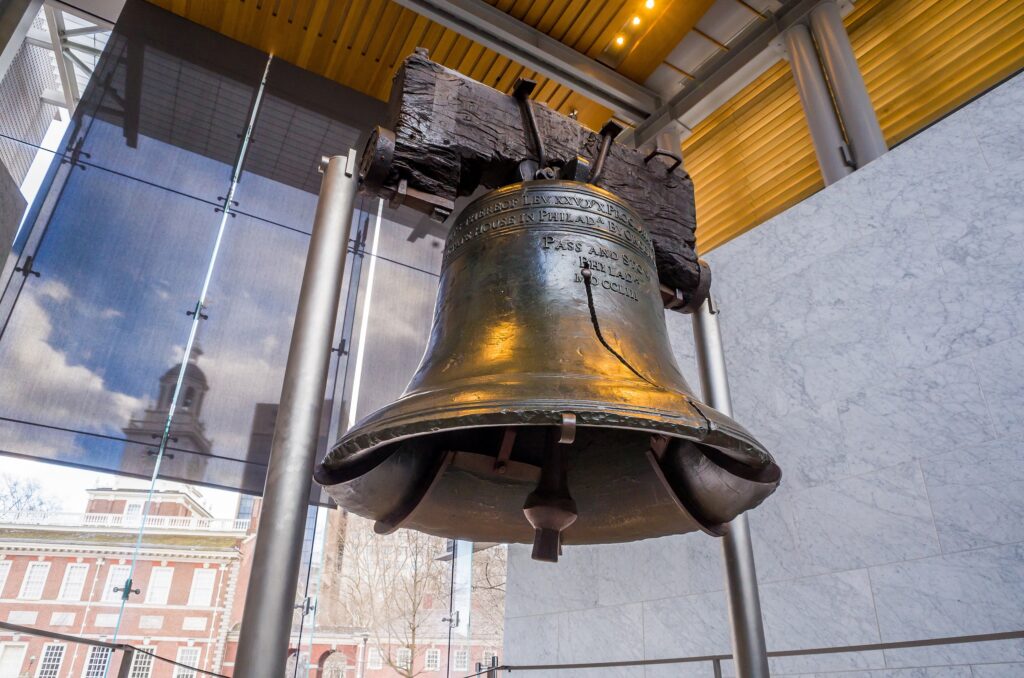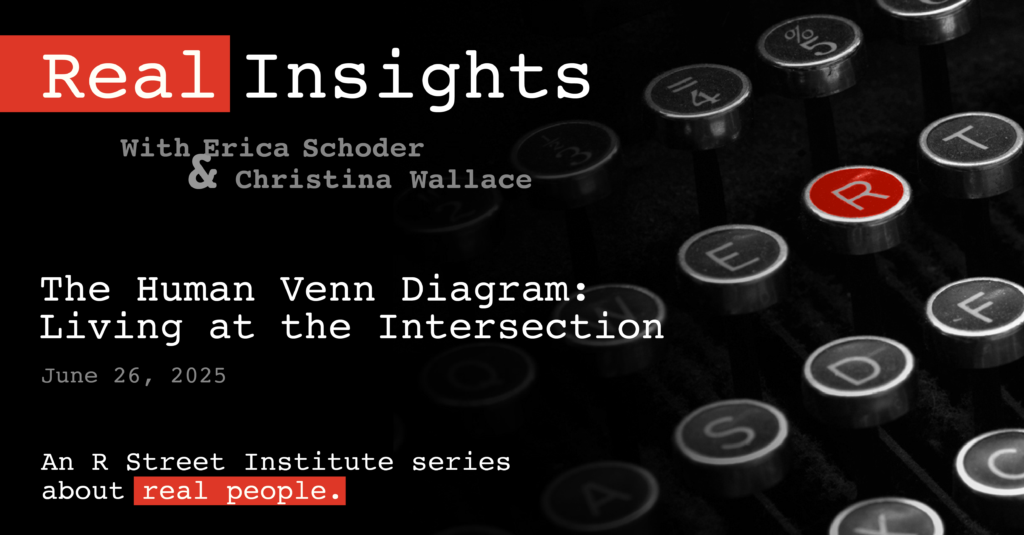Why pharmacy access to birth control prescriptions is good policy
Monument-filled Washington, D.C. and mountain-topped Utah are two very different places, especially when it comes to politics. However, both recently agreed that birth control prescription access is a problem, passing legislation that allows pharmacists to prescribe hormonal birth control—something that, previously, only doctors could do.
They’re not alone in this effort; D.C. and Utah join eight states that also allow pharmacists to prescribe birth control. This pharmacy-access model is catching on, and for good reason: The benefits of pharmacy access to birth control are vast, especially for women in rural or poor areas, and for this reason, more states should follow suit.
A trip to the doctor for a prescription, followed by a trip to the pharmacy to get it filled, may not sound too burdensome. But depending on where you live, it can become nearly impossible. Getting a birth control prescription can be challenging for women, especially those who have less access to medical care. In particular, women in rural areas are more likely to be poor, lack health insurance and be further away from a doctor than their city-dwelling counterparts.
Nearly 23 percent of American women over the age of 18 live in rural areas that have limited access to medical care, particularly when it comes to specialized care like obstetrics. As of 2010, the American College of Obstetricians and Gynecologists reported that 49 percent of American counties— which hold over 10 million American women— did not have a single OB-GYN, which means that reproductive care, in particular, is often hard to come by. For women without insurance or access to a doctor, obtaining a birth control prescription can be prohibitively expensive and time-consuming. Allowing pharmacists to prescribe it instead is thus a more accessible and affordable pathway for those limited by where they live.
What’s more, allowing pharmacists to prescribe birth control presents no additional health risks for women. The pharmacy-access model provides the same level of care that a doctor’s visit would for a birth control prescription. Typically, a self-reported medical history and a blood pressure test are the extent of a doctor’s appointment to receive birth control. Pharmacists can, and do, provide these services already. Pelvic exams, which are exclusive to doctors, are not administered before dispensing birth control prescriptions, nor are they effective in detecting any abnormalities that could affect birth control risk or effectiveness, according to the CDC.
Additionally, when it comes to birth control, women are just as accurate in self-screening for risk factors as doctors. Without any discernible difference between pharmacists and doctors (and even women themselves) in assessing birth control risks, it makes little sense to restrict prescribing authority only to licensed doctors.
Overall, increasing access to birth control for women, especially in a way that does not carry additional health risks, can be crucial to a woman’s health. Often overlooked, birth control is not just prescribed for family planning reasons; hormonal birth control is also used as relief for women suffering from things like endometriosis or Polycystic Ovarian Syndrome (which affects 1 in 10 women). Beyond these ancillary health benefits, there’s also some evidence to suggest that lowering the barriers to obtaining birth control reduces unintended pregnancies and the healthcare and personal costs associated with them. This is perhaps intuitive, but given that nearly half of pregnancies are thought to be unintended, it should not be ignored.
While not a perfect model (the American College of Obstetricians and Gynecologists goes further and advocates for over-the-counter birth control), pharmacy access to birth control prescriptions is a simple and straightforward reform that can help millions of women gain better access to basic contraceptive care. It’s received bipartisan support, as evidenced by D.C.’s and Utah’s legislative successes, and will likely continue to do so as more states consider reform. Given that pharmacy access has support from the medical community and both sides of the political aisle, increasing women’s access to birth control is beginning to look like a no-brainer.








